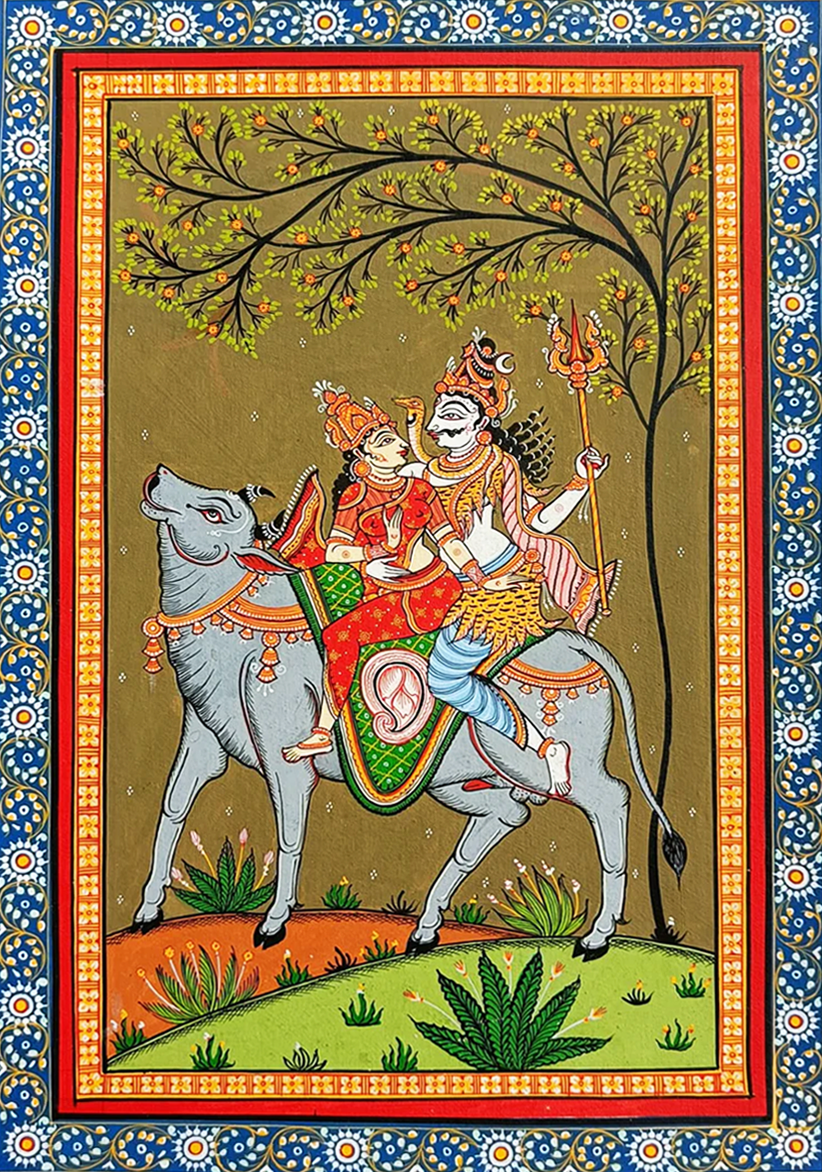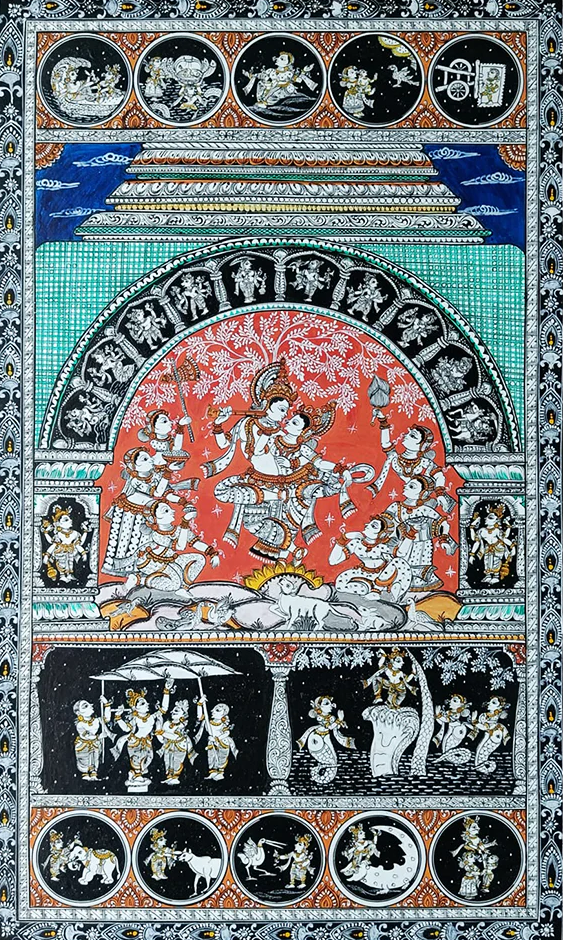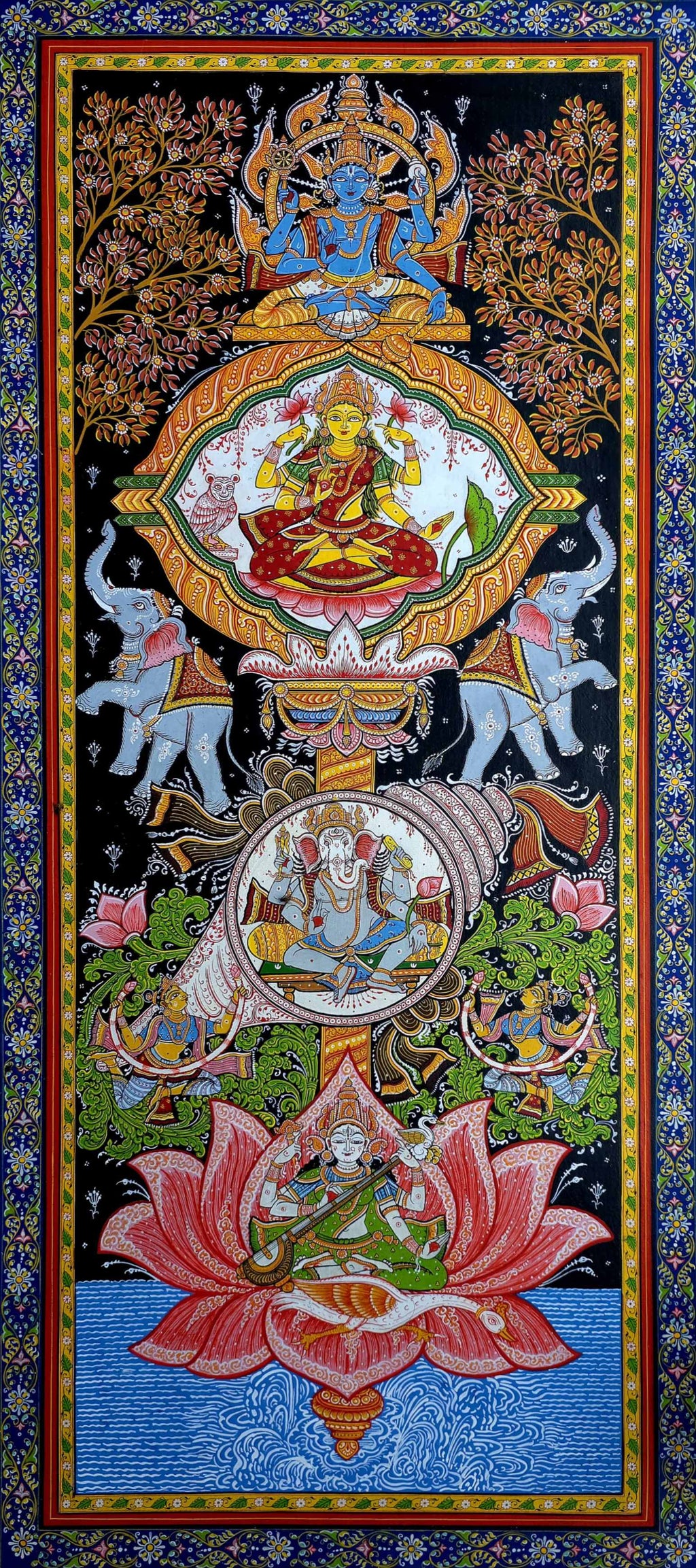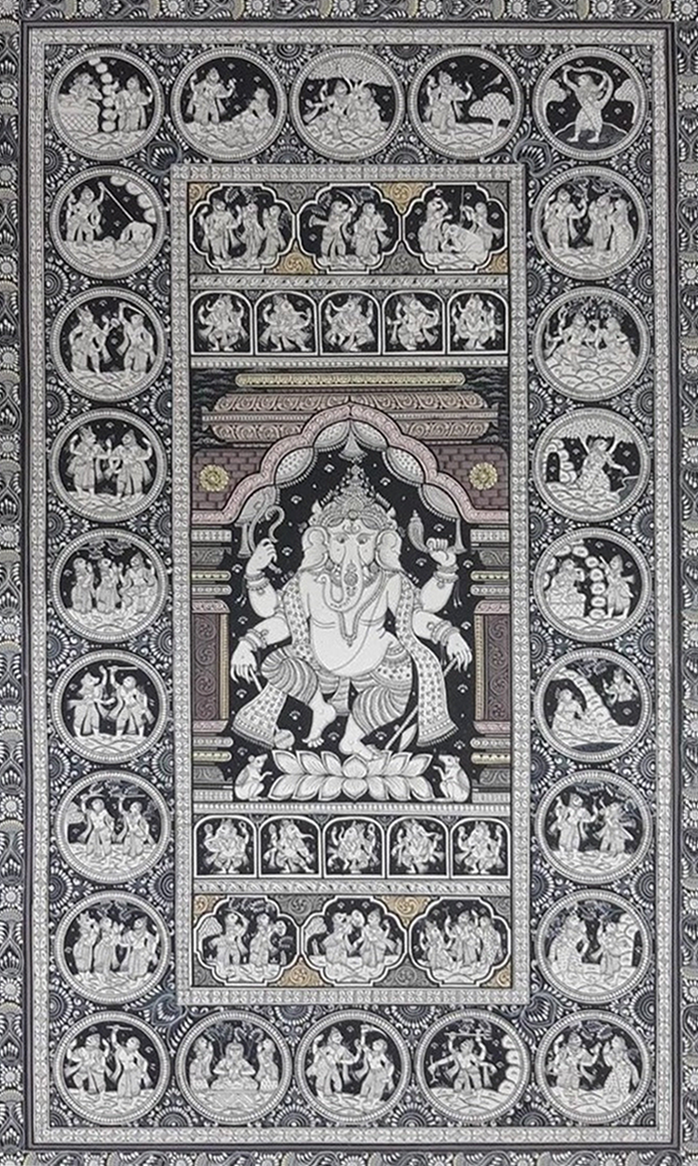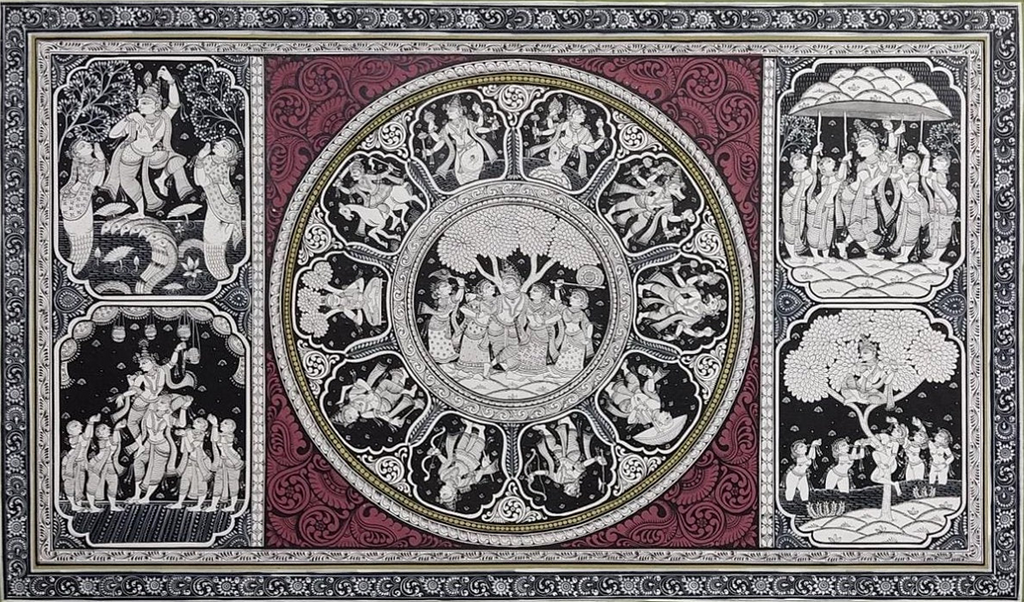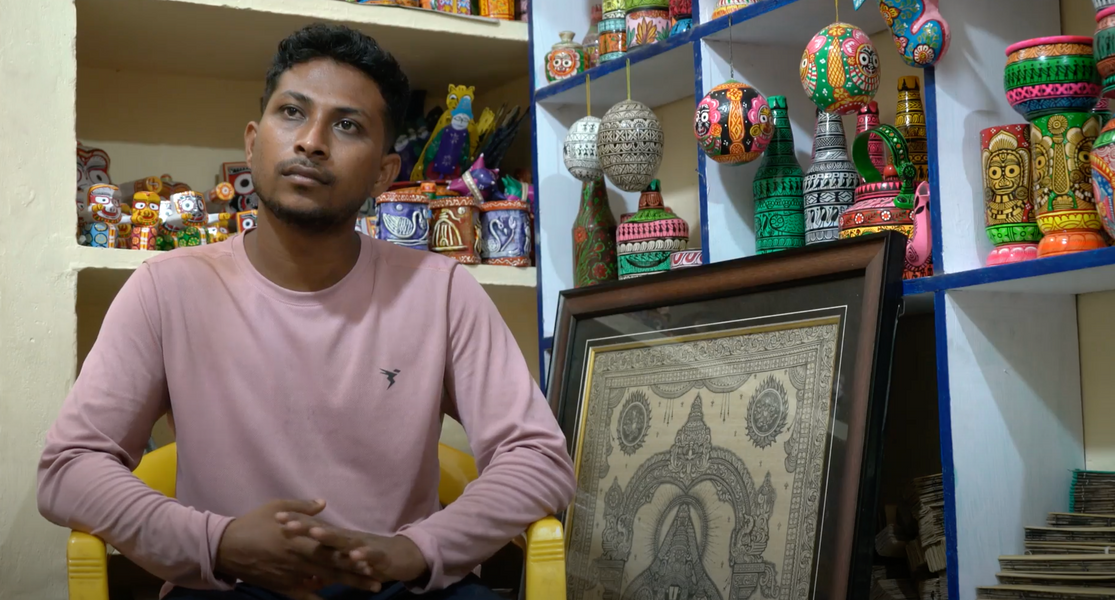EMI available: Pay in installments with your preferred Credit/Debit cards.
Dimensions : H: 36 (in) by W: 24 (in)
Medium : Natural Colors on Canvas
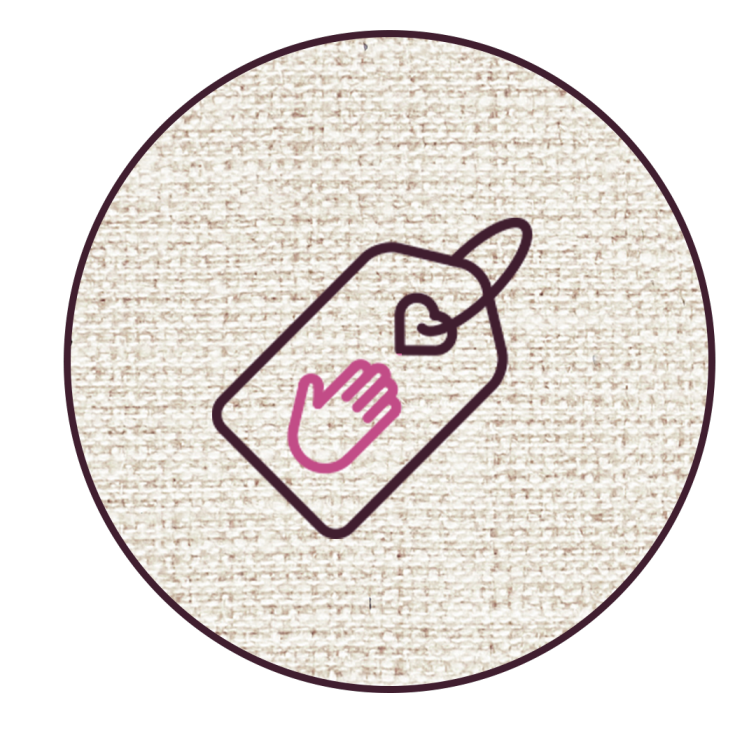
- HANDMADE
ARTWORKS
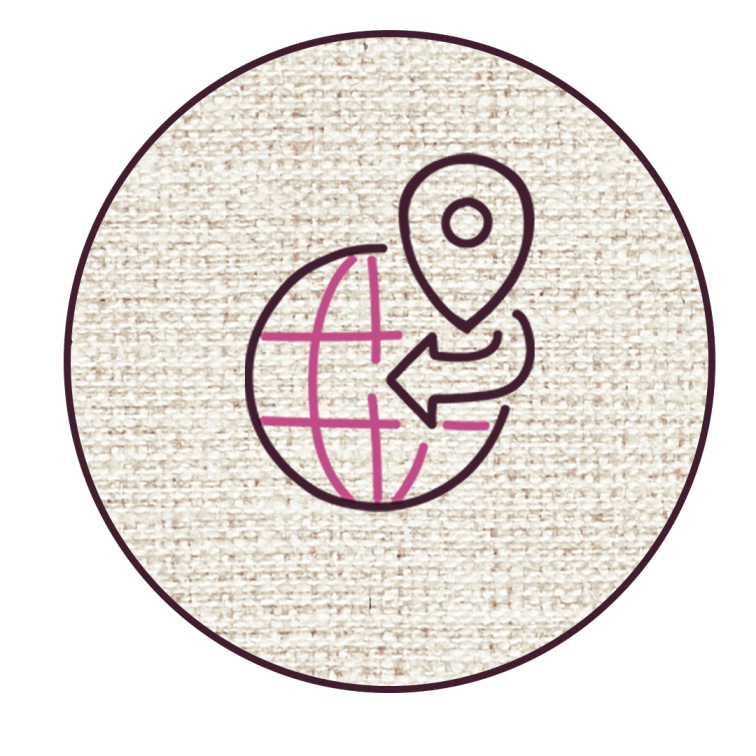
- INTERNATIONAL
SHIPPING
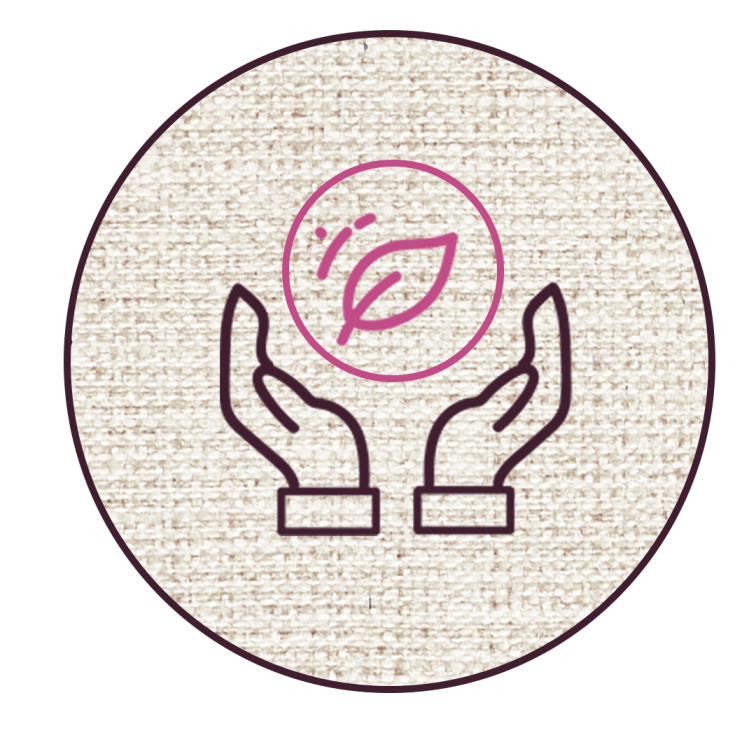
- AUTHENTIC &
SUSTAINABLE

- SECURE
CHECKOUT

- WARRANTY

- CELEBRATE
ARTISANS
![]() Earn upto 12,000 Points on purchase of this product.
Earn upto 12,000 Points on purchase of this product.
![]() Get upto 10% OFF on Live Workshops when sign up for 2 or more workshops.
Get upto 10% OFF on Live Workshops when sign up for 2 or more workshops.
![]() Get 10% OFF coupon code for Art Kits signing up for Masterclass or Live Workshop.
Get 10% OFF coupon code for Art Kits signing up for Masterclass or Live Workshop.
About the Artwork +
Purusottam Swain paints a Conch Shell representation of Rural Life in this Pattachitra Painting. The intricate lines and ornate pattern capture the different layers of the village life which is organic and is deeply rooted in proximity with nature. The elaborate design of the conch shell embodies the sense of community shared between rural settlers who build strong social bonds and are part of joyous celebrations and processions.
Authentication +
Each of our artworks are hand painted by master artists across India. We provide an authentication certificate with this artwork signed by the artist.
Sizes, Framing and Customisation +
The sizes mentioned are excluding the borders of the artwork.
Frames shown are for visual representation only and are not included with the artwork. We offer framing services on demand at additional costs. If you wish to get your artwork framed, please reach out to us on WhatsApp or email.
We take custom artwork orders, please use the WhatsApp chat below or email us at wecare@memeraki.com to discuss your requirements in more detail.
International Shipping and Taxes +
We ship worldwide, Our Prices are inclusive of GST/Taxes in India. For International Orders, any specific custom duties you may encounter in your home country during the delivery has to borne by the buyer.
For all artworks expect Lippan and Terracotta, No additional charges are applicable for domestic deliveries. For International Orders shipping charges of ₹2500 INR are applicable.
For Lippan and Terracotta Artworks, We charge a Shipping rate on a per Kilogram basis. You can see your final Shipping Rate before checkout or view our pricing here.
Shipping and Returns +
All artworks are packed and couriered securely in a tube.
Ready To Ship/ In Stock artworks are shipped in under 2 weeks. We only accept return requests for Ready to Ship/ In stock artworks placed within a week from date of delivery.
Made To Order artworks will take 2-3 weeks to be made and shipped once they are ready. Returns are not applicable on Made To Order artworks.
Colour Disclaimer+
All artworks on the website are hand painted from scratch by our master artists. That makes every artwork absolutely unique and the actual colour and overall artwork may vary slightly from the artwork image posted here.








